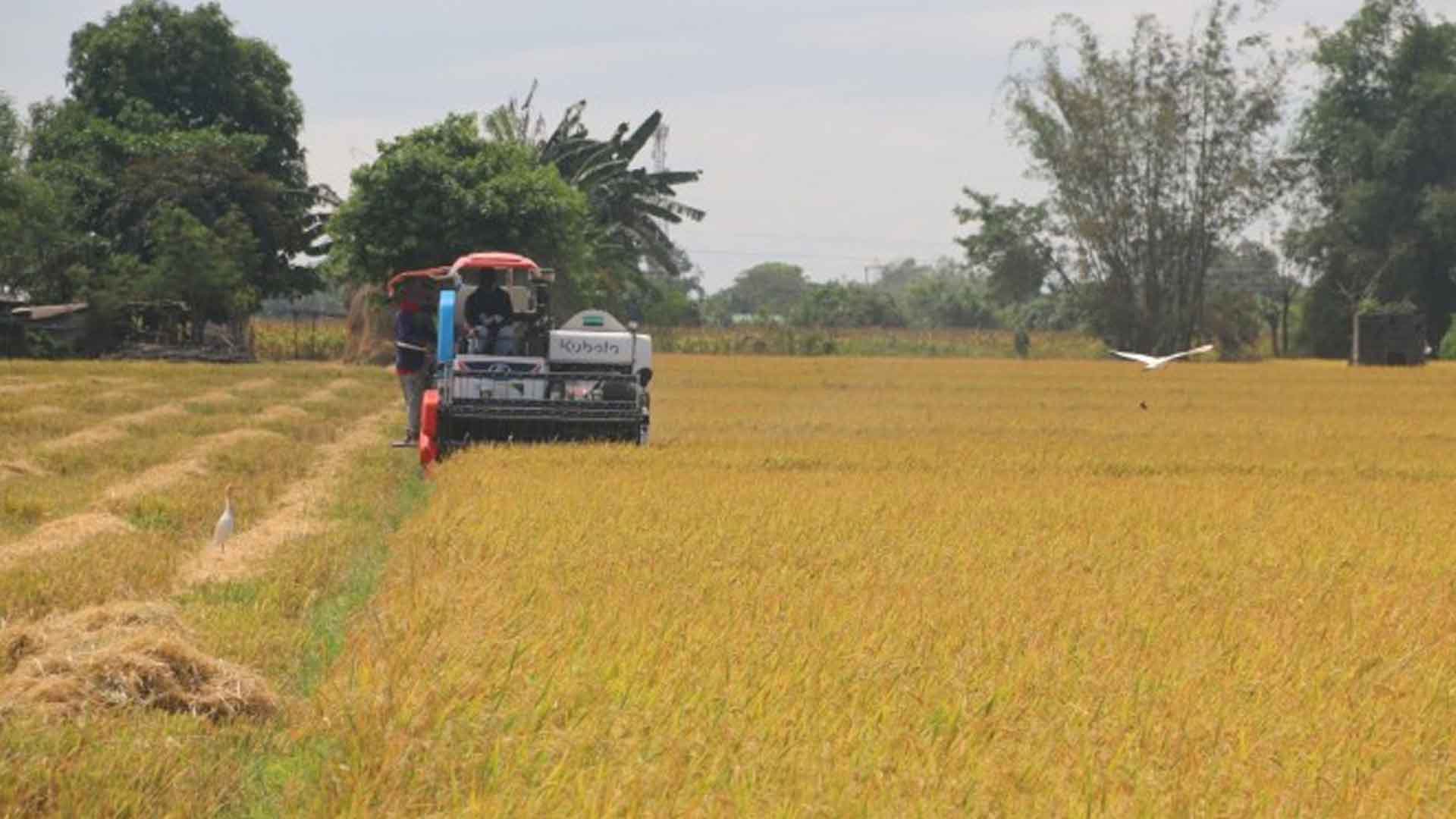Local farmers are urged to adopt a balanced fertilization strategy (BFS) to address the high cost of imported synthetic fertilizers and low soil fertility.
The surge in prices of inorganic fertilizers and the declining soil fertility level in the country are two of the pressing challenges that need to be addressed, Bureau of Soils and Water Management (BSWM) Chief Science Research Specialist Karen Bautista said during the Saturday News Forum at Dapo Restaurant in Quezon City.
She said farmers may opt to employ the proper combination of organic fertilizer, inorganic fertilizer, and biofertilizer.
Synthetic fertilizers cost between PHP3,000 and PHP3,500 per bag during the pandemic from 2020 until early 2022 from the previous PHP1,500 in 2019.
Apart from being costly, inorganic fertilizers are also energy-intensive in terms of production, Bautista said.
“It imposed a heavy toll on our farmers. Hindi po sila maka-afford na bumili ng mga input na karamihan ay imported synthetic fertilizers. ‘Yun po ay isa sa major challenges (They could not afford to buy inputs that are mostly imported synthetic fertilizers. That is one of the major challenges),” she said.
“Isa pa po doon, nagkakaroon din ng imbalance ng nutrients sa ating mga lupa kung patuloy po ang paggamit natin ng synthetic fertilizers ng hindi tine-test ang ating mga lupa (There would also be an imbalance of nutrients in soil, if we continue to use synthetic fertilizers without testing the soil).”
Citing the recent National Soil Fertility Mapping conducted by the BSWM nationwide, Bautista said there is an 82 percent moderately low to low levels of soil fertility.
“Ang ating mga lupa ay mababa ang contents ng mga major nutrient katulad ng nitrogen, phosphorus, and potassium na nandun sa mga kadalasan na ina-apply natin (Our soil has low contents of major nutrients, such as nitrogen, phosphorous, and potassium that we usually apply),” she said.
Bautista said local farmers may use compost, vermicompost, animal manure, biomass residues, biofertilizers, and organic fertilizers as alternatives to synthetic and imported fertilizers.
“Ine-encourage natin ang ating mga magsasaka na gumamit ng balanced fertilization strategy upang matugunan po ang ating mahal na paggamit ng synthetic imported fertilizers at ma-promote po natin ‘yung local production ng ating mga alternative inputs (We are encouraging our farmers to use balanced fertilization strategy to address the rising prices of synthetic imported fertilizers and promote the local production of alternative inputs),” she said.
“We also provide trainings on how to use alternative inputs as part of the BFS. Then, ‘yung isa pa pong benefit ng (the othe benefit of) alternative inputs ay (is) reduction in greenhouse gas emissions, particularly nitrous oxide and carbon dioxide.”
President Ferdinand R. Marcos Jr., who concurrently serves as agriculture chief, announced in March that the administration would introduce the use of biofertilizers and farmers would be given proper training on how to use them.
On April 27, Memorandum Order 32 was issued to establish guidelines for the distribution and use of biofertilizers to increase yield and promote growth in rice production. (PNA)




















